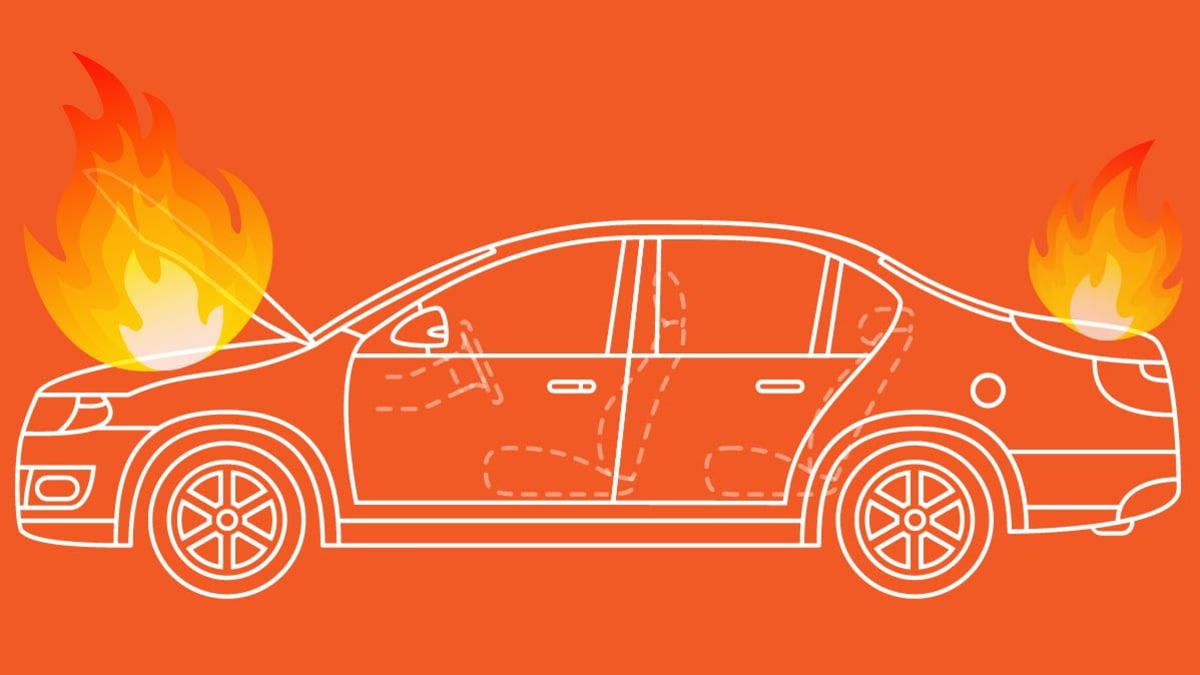Although they’re not all that common in the grand scheme of things and have decreased by 60 percent since 1980, vehicle fires are still a very real possibility. According to the National Fire Protection Association (NFPA), 15 percent of fire deaths in 2023 (the most recent year for which data is available) were caused by vehicle fires. And with the average age of vehicles on the road creeping up each year, the NFPA says that vehicle fires from mechanical and electrical malfunctions become more of a risk as cars get older.
The truth is, vehicle fires are a frequent enough occurrence in this country to warrant serious thought by motorists. The NFPA estimates that there were 210,500 vehicle fires in the U.S. in 2023. That’s an average of nearly 600 fires per day.
Counting all highway vehicle fires in 2023, there were 367 deaths, 1,068 injuries, and about $2.6 billion in property damage, according to the U.S. Fire Administration. Data from the National Fire Incident Reporting System shows that collisions were a contributing factor in only about 5 percent of highway vehicle fires (although they were responsible for 60 percent of the fatalities in such fires) between 2014 and 2016, the last years for which data are publicly available. Mechanical failure or malfunction was cited in 45 percent of vehicle fires during the same period, and electrical problems played a role in more than a fifth of the fires.
Fortunately, there are a few steps you can take to keep yourself and your passengers safe. For starters, you can get fire extinguishers for your garage and your car. Only buy extinguishers that have been listed or certified by a nationally recognized testing laboratory, such as Underwriters Laboratories, ETL, CSA, and FM Approvals. You’ll notice letters on them that indicate the type(s) of fires they can handle. Class A extinguishers are designed to put out rubbish, wood, and paper fires; Class B are for oil and grease fires; and Class C are for electrical fires. Class ABC models work on all of those fires.
No matter which fire extinguisher you buy, make sure its pressure indicator shows “full” and that it was manufactured within the last year. The NFPA recommends that dry chemical extinguishers intended to be discarded after use should be disposed of 12 years after the date of manufacture.
Source link
- obzor (4005)
- Grandpashabet – Grandpashabet Casino – Grandpashabet Giriş.9797
-
- Mostbet Casino Login Official Website & Online Casino.1075
- Najlepsze Kasyna Online w Polsce w 2025.3887
- Казино Официальный сайт Pin Up Casino играть онлайн – Вход, Зеркало (2025).3113
- Casibom Casino – Gvenilir Online Casino Giri Adresi.164
- Mostbet Casino Login Official Website & Online Casino.166
